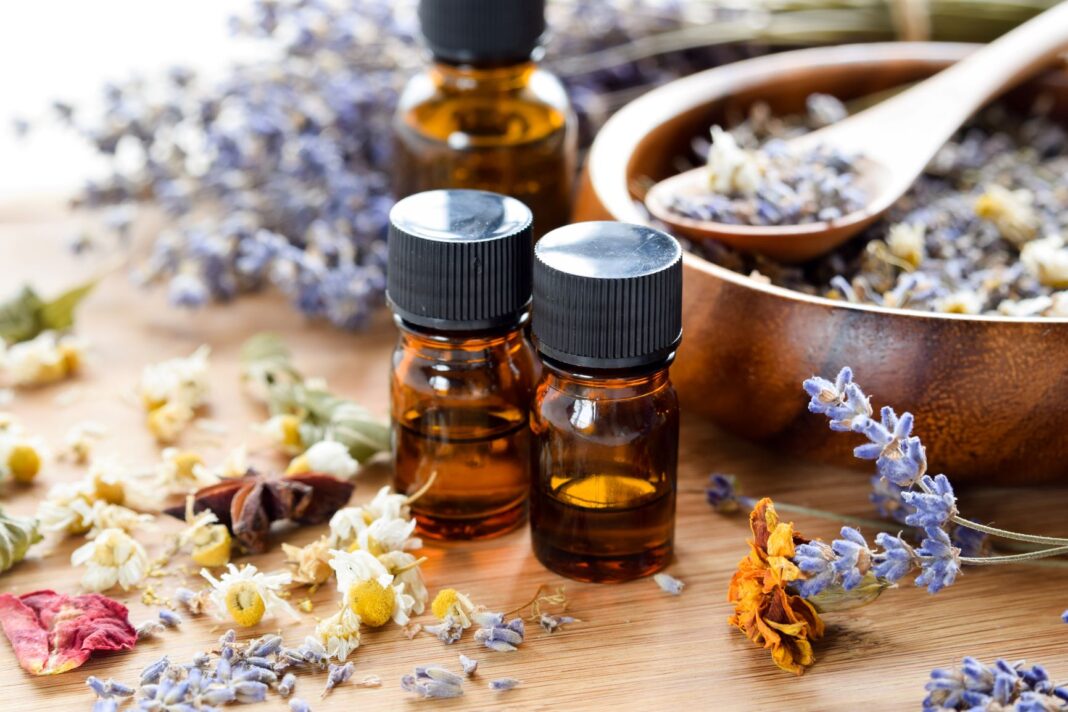I was talking to a client this week who, after her consultation, was off to visit the nursery to buy some plants. We were both in agreement about how enjoyable it is to spend time in nurseries, how peaceful, soothing and uplifting they can be. Most keen gardeners would feel the same way about time spent in the garden. We know, thanks to the Japanese pastime of ‘park bathing’, the measurable benefits on stress and mood (based on quality research evidence) of being in nature.
We also know, thanks to thousands of years of mankind’s exploration of medicinal plants, that plants can heal; in fact, our modern pharmacopeia is built on the foundations we learnt from plant medicine.
Given what we know about plants, it doesn’t require a huge leap of the imagination to consider that flowers, on their own, have healing properties. The flowering parts of plants are commonly used in herbal medicine. Chamomile, for example, is a well-known digestive and nervous system herb, and elderflowers are used to induce sweating and bring down a fever. However, we have Dr Edward Bach to thank for bringing ‘flower essence’ remedies into prominence in the 1930s. Bach was a Harley Street specialist in London who was determined to treat his patients more holistically. If you have ever used Rescue Remedy, a remedy Bach created for treating the effects of shock or trauma, then you have used flower essences. Bach created 38 remedies which were primarily used to counteract negative emotional states and restore a person’s equilibrium.
According to Bach, flower essences should be made simply by floating the heads of the flowers in pure water for three hours in direct sunlight, after which the healing properties of the flower are considered to transfer into the water, which is then mixed with equal parts brandy to act as a preservative. This simple method of making a flower essence may be too big a leap of faith for many who prefer that their treatments come with some double-blind placebo-controlled research to back them up. However, whilst clinical trials have found flower essences are safe, there is little in the way of clinical trials that prove their efficacy. Nevertheless, if you consider the power of nature to heal then it is logical that flower essences, perhaps one of the subtlest forms of natural medicine, have a role to play.
If you’re keen to further explore flower essences, then you might want to check out the original Bach Flower Remedies or have a look at Australian Bush Flower Essences created by Australian, Ian White. However, my personal favorites are Lotuswei essences created by self-confessed ‘flower freak’ and gifted teacher, Katie Hess.
For more:



